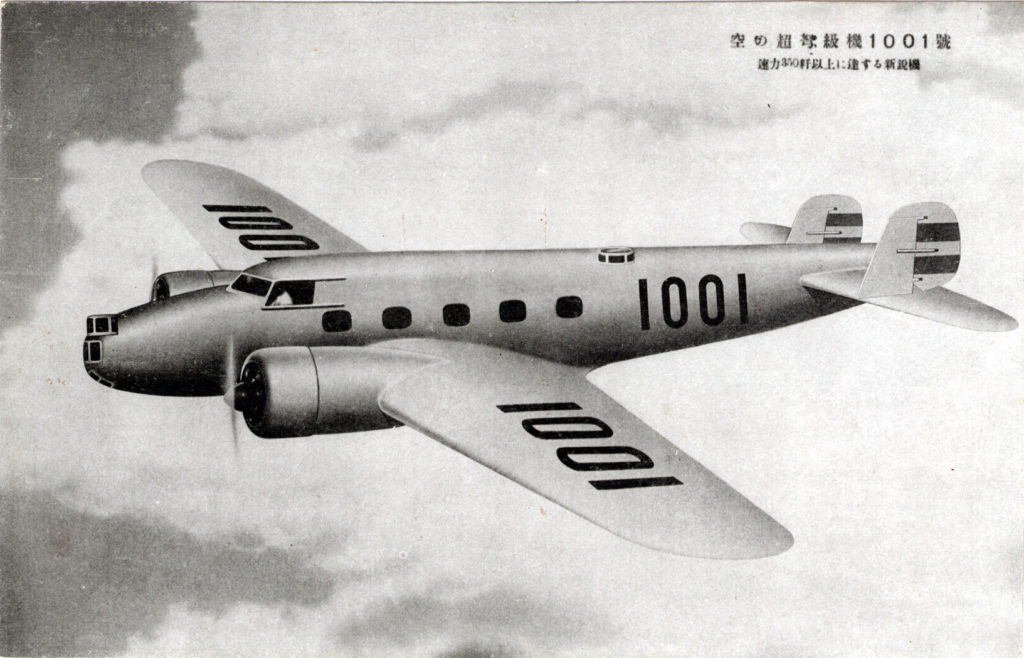
“1001” artist’s concept, Mitsubishi G1M, c. 1933. The number “1001” holds significance in Japanese culture: The number “1000” represents infinity in Sanskrit; when “1” is added to that number, a devotee enters into heaven or “unbounded perfection”. The sole prototype G1M long-range bomber was initially designated the Experimental 8-
See also:
Mitsubishi G3M “Nell“, 1935-1945
I.J.A. Mitsubishi Ki-21 Type 97 (“Sally”) Heavy Bomber, ca. 1938.
“Aerial reconnaissance was felt to be so important that an early requirement was for a range of 4,000nm [as built, the prototype had a range of 2,300nm] … The need to know the whereabouts of the US fleet was responsible for such extreme measures.
“The new Mitsubishi design was to have two engines. Only a slender fuselage would be required because the aircraft was intended only for reconnaissance missions, with no need for internal payload. A retractable undercarriage was to be provided; the first in Japan, it was manually retracted and the wheels housed within the engine nacelles.
“The aeroplane was completed in April 1934 and made its maiden flight on May 7 of that year. In comparison with the unsatisfactory stability and control of the earlier Mitsubishi twin-engined Type 93, this aircraft showed excellent flying qualities. However, it had other problems [being tail-heavy was one] and only one was built.”
– Japanese Aircraft 1910-1941, Robert C. Mikesh & Shorzoe Abe, 1990
Performance
Crew: 5
Maximum speed: 266 km/h; (165 mph)
Range: 4,408 km; (2,739 mi)
Service ceiling: 4,600 m (15,092 ft)

